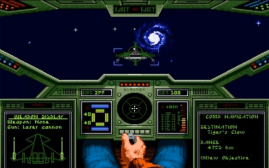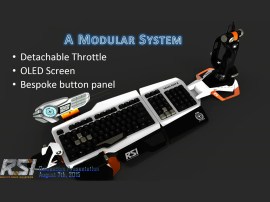Why Star Citizen is the space sim you’ll still be playing in 5 years
Already bored with No Man's Sky? You'll have no such problems with Star Citizen, says Colin Tate
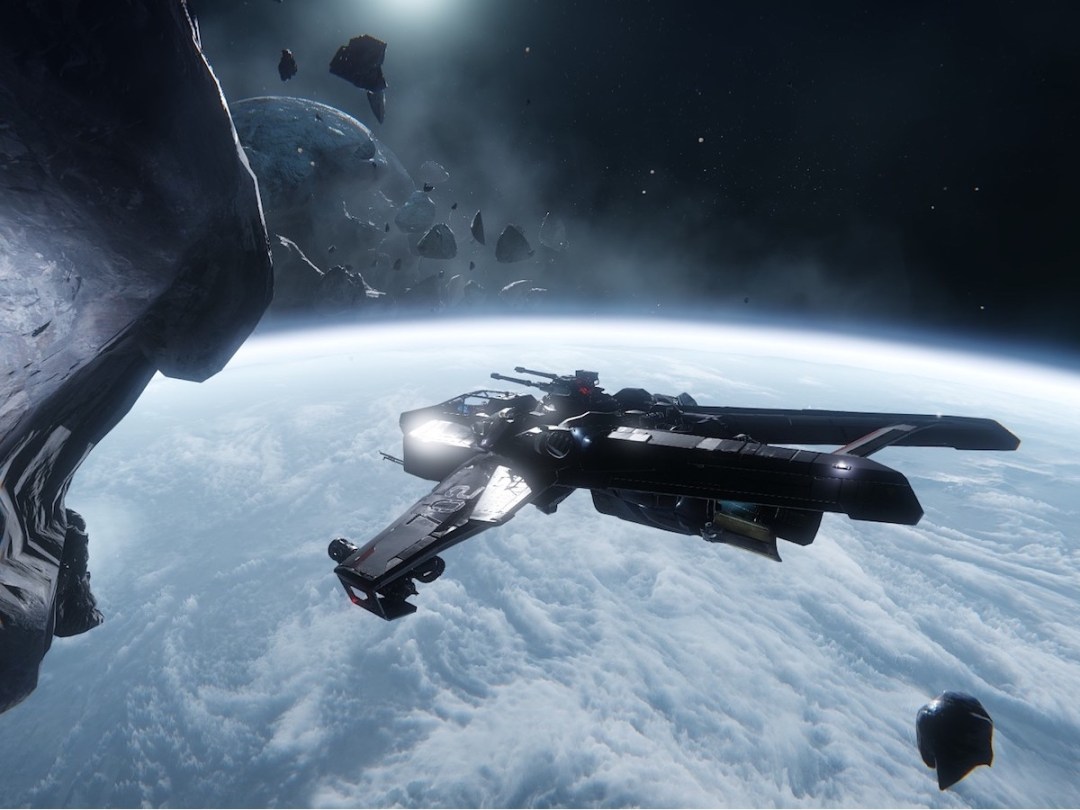
“When you are building a solid technological foundation for a game that is pushing the envelope in so many ways, progress is exponential. Many of the visible dividends come in the later stages, after all the tools and systems and layers are in place.” – Cloud Imperium Games at Gamescom, 2016
Every visit to a Star Citizen event at Gamescom creates a lasting impression. Last year I stood in the audience and goosebumps hit me all over, thanks to the sexy deep boom of a Quantum Drive kicking in as ships sped across space. They introduced us to multi-crew antics, and the unmistakably nerdy reveal of ship physics grids that require a read of last year’s article to fully grok.
This year’s event was also one of majestic infusions – namely the power of exponential development and the growth of the community alongside the game. Curious about where Star Citizen is at and where it’s going? Keep reading.
Infinity and beyond
Nobody can ever say that Star Citizen, Cloud Imperium’s crowdfunded revival of the classic space sim, is of modest scope. The game – still in alpha – has large promises to keep. Putting the single player component to one side (Squadron 42 – featuring Mark Hamill, Gillian Anderson, and other A-list talent), the technical hurdles that have to be overcome have been mighty if they intend to realise the immersive universe that Chris Roberts has envisioned.
What those obstacles have also been is shared. Thanks to their weekly shows such as Around the Verse, Reverse the Verse, BugSmashers and other, the goals of the Cloud Imperium team are there for all to see. To put it simply: Seamless transitions between space, air, and ground. Populated, feature-rich planets. A first-person universe.
In order to get the above, Cloud Imperium has had to push further than most developers, and they’ve done so in a way that would leave other studios wishing that they had both the time and permission to do similar – as the developer isn’t beholden to a publisher and the financial deadlines that arrangement can impose.
Alpha 3.0
At Cologne’s Gloria Theater during Gamescom last week, several hundred backers were introduced to the next milestone in the game’s development: Star Citizen Alpha 3.0.
Alpha 3.0 is the major step forward that gels the at times semi-disparate game experiences into a cohesive whole – from the debut of planetary tech to the inclusion of in-game professions, as well as the integration of several more technical milestones.
The demo shown to us – all in real-time, naturally – had a player waking up and viewing a video message on his mobiglass, a wrist-mounted holoscreen. It was a guy asking for help getting a black box off a destroyed Starfarer, essentially a rather large fuel tanker ship with enough room to have a cat swinging party. First job of the day was to get into your ship – flown by another player – and fly to the asteroid planet Delamar to meet the person behind the job to get more info.
This was a frankly beautiful sequence where the player flew from the space station he started in towards a planet a million kilometres away, where they showed off landing on the planet proper – before taking off and flying to the ‘reclaimed’ mining station of Levski to meet the contact. All of the journey from start to finish was seamless, with no loading screens. The planet itself, Delamar – while a v1 build – was breathtaking.
The horizon in game was a true horizon – the experience of decades of skill and engineering from development director Brian Chambers and his team at Foundry 42 Frankfurt. When the player ship, the Freelancer, hit the atmosphere and started to glow and buffet as it transitioned away from vacuum, the cheers from the audience were loud and clear. The fact that several ships in Star Citizen have aerodynamic wings and sleek designs will come in handy for flight/engaging in atmospheric combat, as this too has been modeled.
Also Read › No Man’s Sky review
With the demo in full swing, we saw the player walk around the Levski colony, with the Freelancer being flown around outside to show again the fact that one player’s actions don’t limit what other players can do. Then the player met up with Miles Eckhart, and took what looked to be an easy enough job. But looks can be deceiving, of course.
What followed was boarding the Starfarer in zero-g (sliced in half through calamitous action), grabbing the black box data, and fighting off pirates who were lurking in the shadows. That’s before getting another video message from Eckhart who "isn’t saying, just suggesting" that it might be profitable to go to a moon where the pirates surely hang out and do macrame and talk about their feelings – to see if you can claim the Starfarer’s stolen cargo as your own.
The next and final stage of the demo saw the player hop on a Dragonfly – a space-motorbike equally suited to space and ground – and zip across the surface of the pirate moon, in ground-to-ground combat with another Dragonfly and a six-wheeled buggy, the Ursa Rover.
That ended in a one-to-one shootout before the Freelancer realised that it too had weapons, and blew the last pirate away in the same manner that a harpoon might kill a fly. And then, with success in their hands, Eckhart himself made an unwelcome appearance and the demo ended.
Seamless space
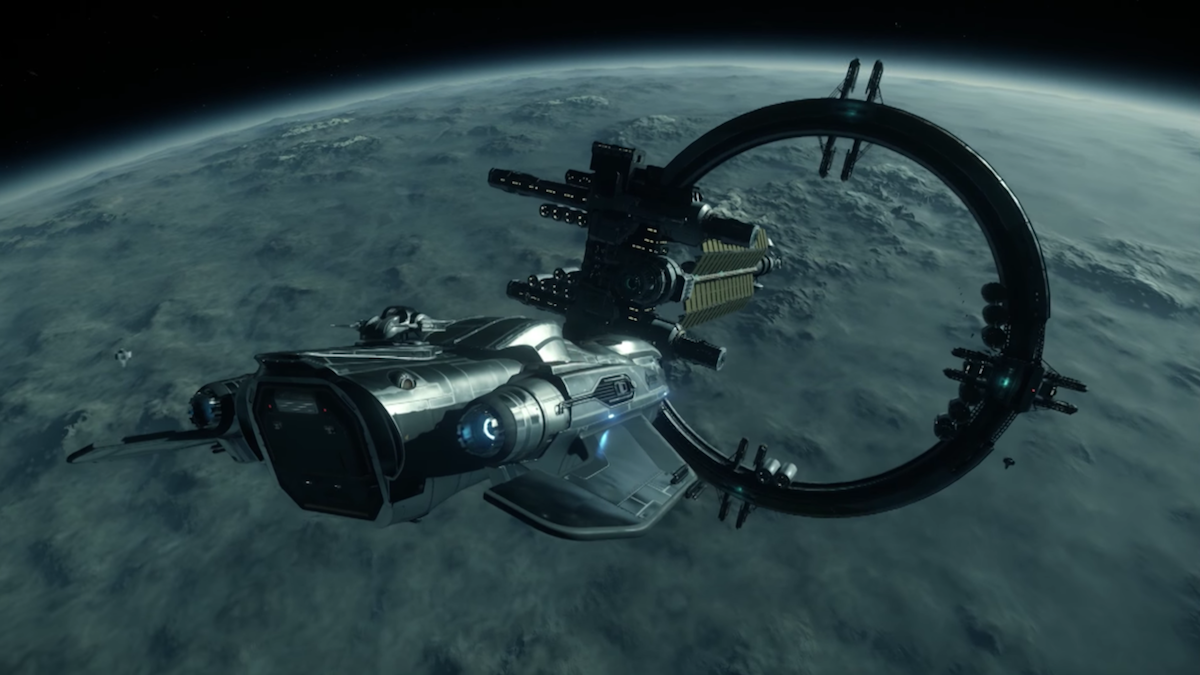
Space station to planet. A million kilometers travelled. Planet to landing zone. Traversal of Levski in real time, with meetings and deals. Ship boarding, zero-g shootouts, vehicle-to-vehicle ground combat to on foot ground combat, to air superiority over what became pirate paste. No loading screens, no immersion break. All seamless.
The mood in the room was rather jubilant. I can’t recall a single game with so many transitions that didn’t have a pause, a slow down, or a really long elevator ride (yes, I’m looking at you Mass Effect) to hide the shunting of data. In the demo we saw, everything was a single whole. Even No Man’s Sky uses warp travel as a means to load in content – but with Star Citizen, there are no such devices.
Speaking of No Man’s Sky, planetary generation is a topic that is being discussed more and more, with NMS using a “superformula” to create planets. Star Citizen, on the other hand, has opted for a different, more curated route: artist and designer-led. Rather than billions or quintillions of planets, they are opting for only 100 or so systems – with planets in each. This smaller scale allows for a designed density of experience and interaction that should make engaging with each planet a more detailed and repeatable affair.
This is especially pertinent as Alpha 3.0 includes the start of the A.I. system, called Subsumption, which has been more than a year in development. Despite the fact that there are over 1.4 million game accounts, the A.I. will account for 90% of all player interactions thanks to how CIG plans the percentages of player to non-player characters for the final release.
Subsumption 1.0 promises diverse NPC actions, day and night cycles, as well as increased mission complexity driven by economic simulation software. When factored into richer, more detailed planets and locations, that should prove ample fun and content for even the most aggressive planet-hopper.
In addition to this, Star Citizen Alpha 3.0 also brings in StarNetwork 1.0. CryEngine – which has been the base engine upon which Star Citizen was built – has been extended and reworked to ensure that it works as needed for the game in hand. With Alpha 3.0, we will see a revamp of the network code.
If you currently play Star Citizen Alpha 2.4.1 and 2.5, it is clear that we have come to the "touching cloth" stage in regards to player density per instance – and for this to increase into ridiculous numbers, StarNetwork was developed. It is a page-one rewrite of the networking code, designed to allow for hundreds, if not thousands of players engaging together in an intelligent, non-resource-intensive manner.
Also Read › The 12 best space games ever
Space race
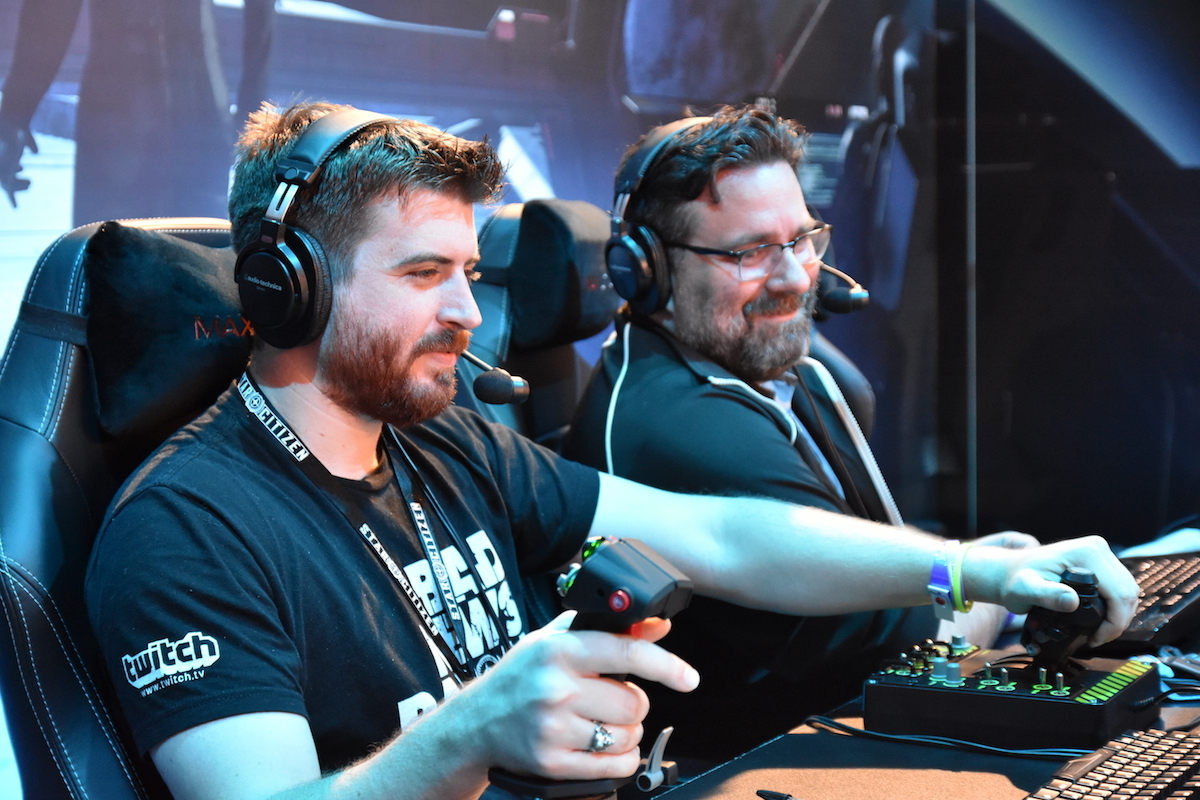
As mentioned at the start of the article, I left Gamescom and Cloud Imperium’s demo impressed by two things – the power of exponential development, and the community growing alongside it. As CIG operate on funds given by the backers of the game, they have always been open to the players, taking onboard feedback on how the game plays, as well as discovering and adjusting where possible to the expectations of the supporters themselves.
At Gamescom, Cloud Imperium had a booth sponsored by Intel, where for the first time they brought four of the community’s most noted Twitch streamers together: DeejayKnight, BadNewsBaron, Twerk17, and Captain_Richard. They then proceeded to stream from CIG’s booth from open to close, showing the game in its Alpha stage and interacting with the Twitch chat as they did so.
This constant engagement fed a massive daily online audience, so by the time the backer event at the Gloria Theater was in full swing, there were more than 42,000 people watching live in addition to the hundreds of fans in the room. Star Citizen could not be where it is without its community – and thanks to the open engagement that Cloud Imperium has with its fans, they are letting the game speak for itself, which in an age of slick marketing is something that can be often overlooked.
Let’s make no bones about it: Star Citizen is not a finished game. It is Alpha for a reason – but the badge of Alpha is disappearing more and more. After a few years of heads-down blood, sweat, and experimentation, the tree is bearing fruit.
Their exponential is showing.
(Star Citizen Alpha 2.5 is due out later this week, with Alpha 3.0 coming later this year)

